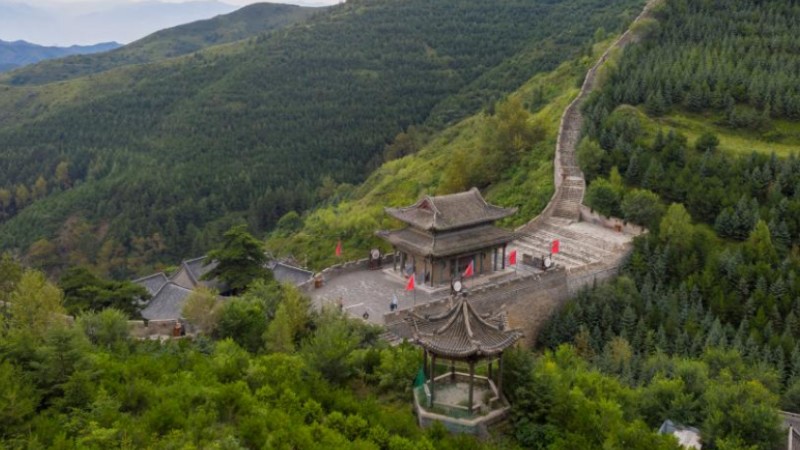Turning millennia-old bamboo slips into decipherable clues
WUHAN, Sept. 5 (Xinhua) -- Submerging a bamboo slip in distilled water, Fang Beisong, back from an archaeological site, engaged in a set of procedures he's been repeating for 35 years -- brushing the slip, measuring it, numbering and dehydrating it, and so on.
Fang, a revered bamboo slip repair expert, is leading the Jingzhou Conservation Institute in the city of Jingzhou, central China's Hubei Province, where about 80 percent of the country's millennium-old bamboo slips have been restored to a decipherable state.
Bamboo slips, each containing a narrow vertical column of dozens of characters, can be classified as China's earliest form of books. They used to be the most important objects for writing on before paper was invented. One piece of bamboo slip, or even a character on it, might offer vital clues to help solve an archeological puzzle, thus revealing an unknown episode of history.
Fang, trained in analytical chemistry, has been working as an antiquity conservation professional since 1988. He found his way to professional excellence in the field of bamboo slip restoration through an unyielding spirit. He had conducted tens of thousands of experiments before finding the optimal method and potion to dehydrate and de-color bamboo slips -- the two most crucial procedures -- around 2002.
The fact that bamboo slips over 2,000 years old are preserved until today can be attributed to a water-saturated and anoxic environment when buried underground.
Fang opened a wooden case and carefully extracted several glass tubes with bamboo slips soaked inside, showcasing the restoration work his team completed in recent years.
"These mysterious symbols are very likely to be lost music scores from the pre-Qin period (before 221 B.C.)," said Fang, referring to the texts on the bamboo slips.
Although the tawny bamboo slips are damaged to varying extents, the neatly-written characters are still clearly visible.
However, at the time of excavation, bamboo slips, in most cases, appear to be charred and decayed pieces of bamboo or wood as soft as noodles. Any text on the slips are lost to instant oxidation, making the restoration job especially difficult.
"While well-preserved bamboo slips allow us to repeat our routine restoration procedures, restoring those severely rotten ones takes significantly greater and lengthier efforts," said Shi Shaohua, head of the bamboo slip work studio of the Jingzhou Conservation Institute.
Several years ago, a bunch of bamboo slips from the Han Dynasty (202 B.C.-220 A.D.) unearthed in Hebei Province were delivered to the institute for restoration. However, they were in bad shape due to burning by grave robbers. These slips were charred and could be pulverized when touched, while the handwriting on them was not legible.
"Director Fang led us in testing out 70-odd methods and we finally came to find a special material capable of restoring the slips' flexibility," said Shi. After meticulously cleaning and restoring them to their original shapes and sealing them, among other procedures, the handwriting on the bamboo slips became faintly visible.
With the help of infrared photography technology, clearer pictures of the texts were obtained.
"So many pieces of bamboo slips have been restored, and not one has been destroyed or lost in my hand," said Fang, beaming with pride.
To date, the institute has restored over 130,000 pieces of bamboo slips, which amounts to more than 80 percent of the water-saturated bamboo slips unearthed across the country. The restoration team has expanded from five at the outset to over 50 currently.
"What keeps my colleagues and me motivated is the resolve to not lose these vivid documentations of the ancestral wisdom and history of the Chinese nation," said Fang.
Photos
Related Stories
Copyright © 2023 People's Daily Online. All Rights Reserved.









